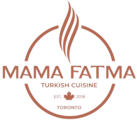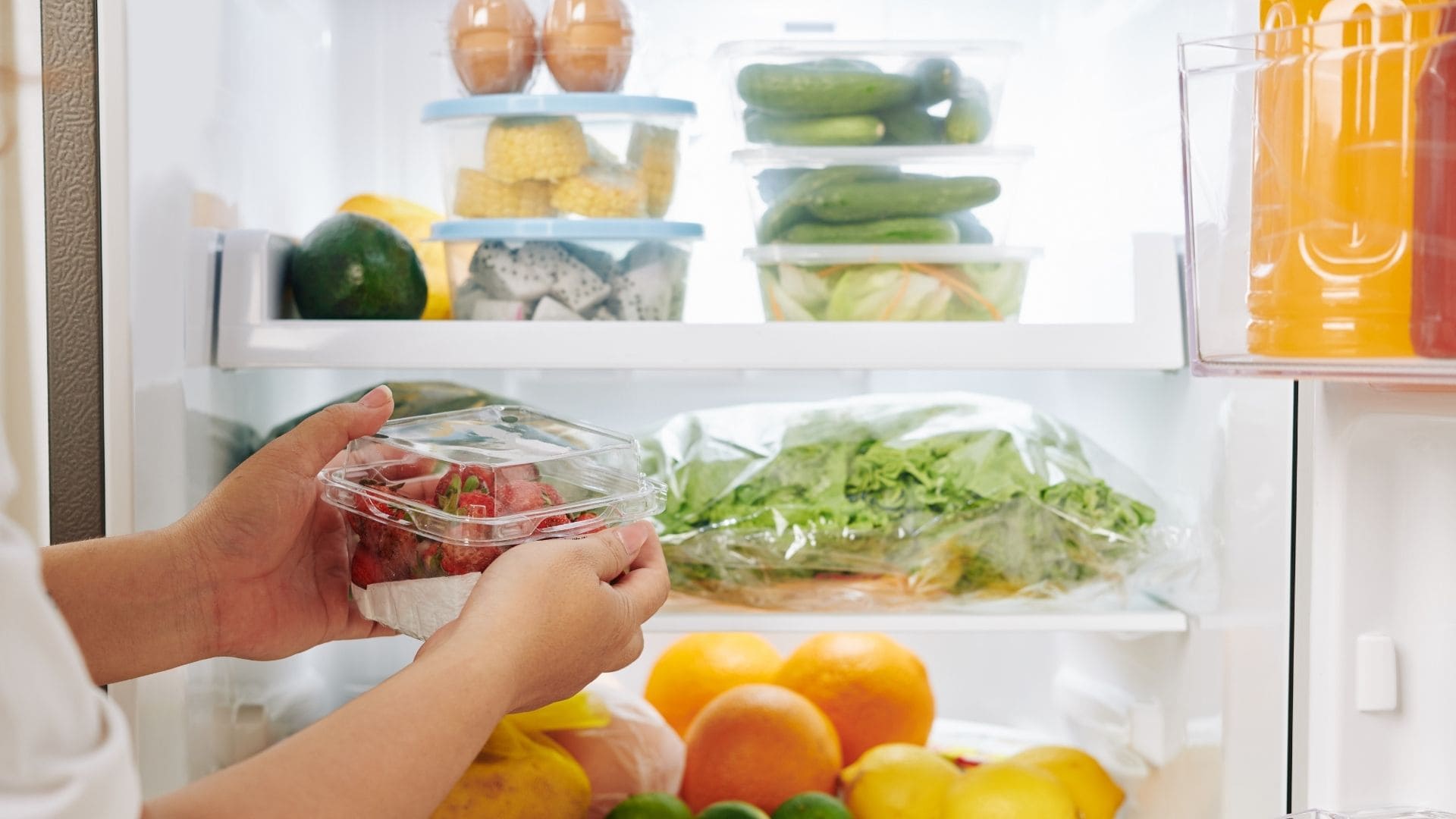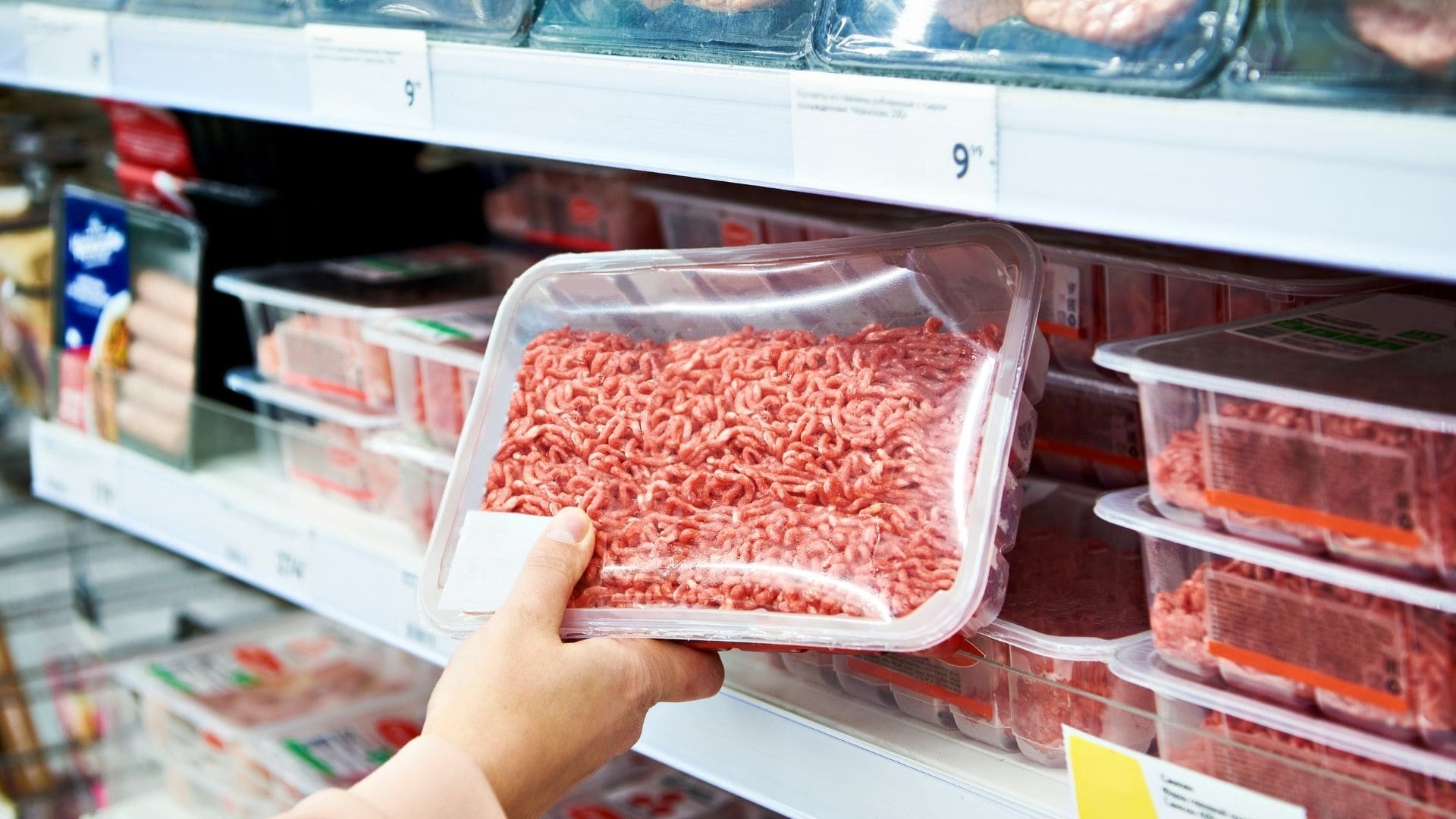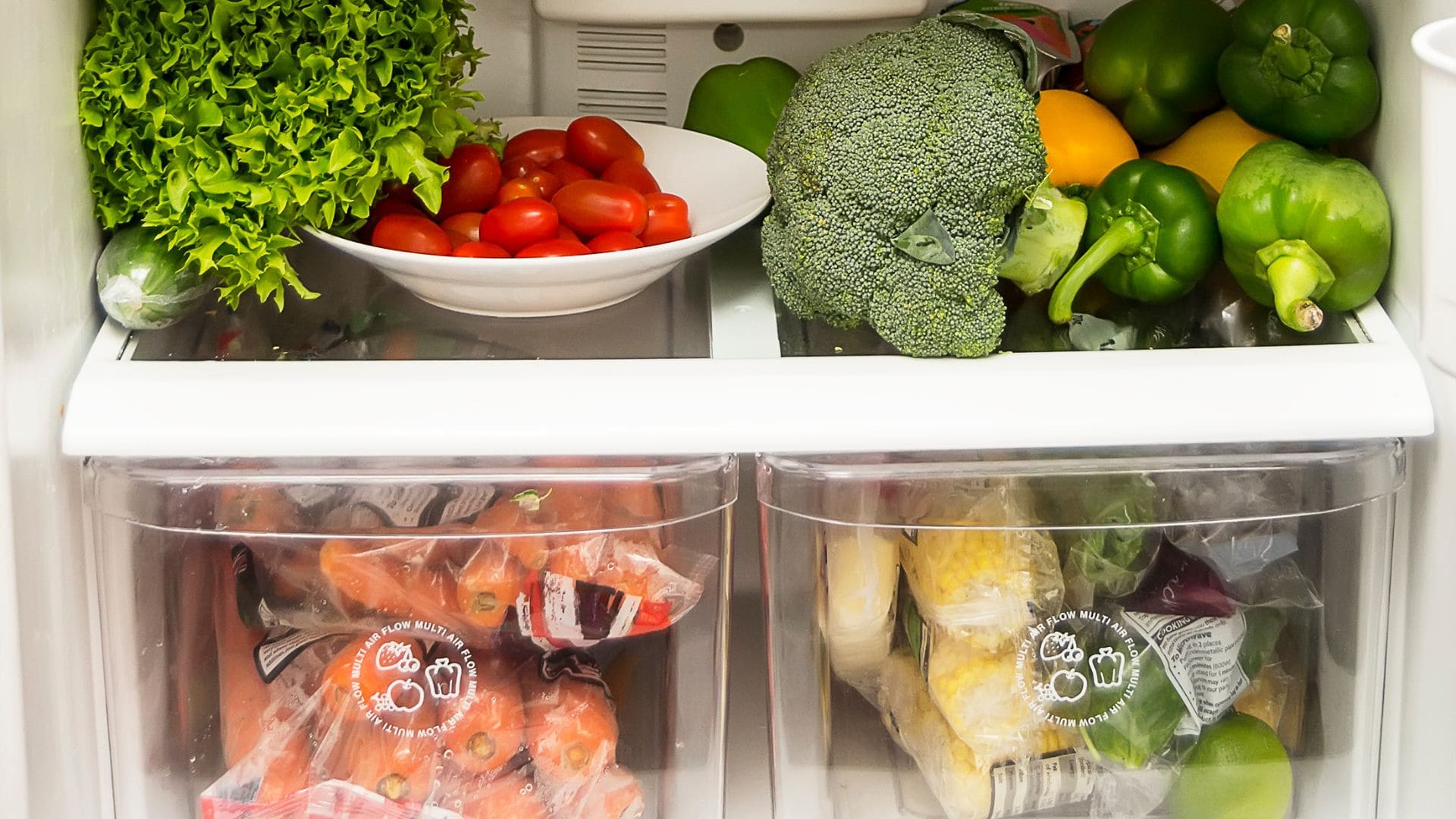A well-organized fridge is more than just aesthetically pleasing—it can significantly impact the freshness and longevity of your food, reduce waste, and make meal preparation much more efficient. Proper fridge organization is essential whether you’re storing ingredients for a homemade meal or trying to keep your leftovers fresh. In this guide, we’ll walk you through the best practices for organizing your fridge, from storing raw meats and dairy products to managing expiry dates and preventing cross-contamination. If you’re a resident of Mississauga or find yourself enjoying the delicious halal meals at Mama Fatma, these tips will help you bring some of that restaurant-level efficiency into your own kitchen.
Blog Contents
ToggleThe Importance of Proper Fridge Organization
Fridge organization is often overlooked, but it plays a crucial role in maintaining food safety and maximizing the shelf life of your products. A well-organized fridge helps ensure that items are stored at the correct temperatures, prevents cross-contamination, and makes it easier to keep track of what you have on hand.
1. Energy Efficiency
A properly organized fridge is not only better for your food but also for your wallet. When your fridge is overcrowded or disorganized, it has to work harder to maintain the right temperature, using more energy in the process. By keeping your fridge organized, you can improve its efficiency, which can reduce your energy bills.
2. Reducing Food Waste
How many times have you thrown out food because it was hidden behind something else and forgotten? Organizing your fridge makes it easier to see what you have, reducing the chances of food going bad before you use it. This is especially important for perishable items like fresh fruits, vegetables, and dairy products.
3. Quick and Easy Meal Prep
When your fridge is well-organized, meal prep becomes a breeze. You can easily see what ingredients you have on hand, which makes planning and cooking meals quicker and more efficient. Plus, you’re less likely to buy duplicates of items you already have, saving you time and money at the grocery store.
How to Store Raw Meats and Dairy Products
Storing raw meats and dairy products correctly is vital to preventing foodborne illnesses and ensuring your food stays fresh as long as possible.
1. Bottom Shelf for Raw Meats
Raw meats should always be stored on the bottom shelf of your fridge. This is the coldest part of the fridge and helps prevent any juices from leaking onto other foods, which can cause cross-contamination. Consider placing meats in a sealed container or on a plate to catch any drips.
2. Dairy Products in the Middle Shelves
Dairy products like milk, cheese, and yogurt should be stored on the middle shelves, where the temperature is more consistent. Avoid placing milk in the fridge door, as this area is more susceptible to temperature fluctuations due to frequent opening and closing.
3. Use Airtight Containers
For both raw meats and dairy, using airtight containers is essential. This not only prevents cross-contamination but also keeps your fridge smelling fresh. An added bonus is that it can extend the life of your products by keeping them at a consistent temperature and away from other odors.
Best Practices for Storing Fruits and Vegetables
Fruits and vegetables require specific storage conditions to stay fresh and crisp. Here’s how to get the most out of your produce.
1. Separate Fruits and Vegetables
Fruits like apples, bananas, and avocados produce ethylene gas, which can cause nearby vegetables to spoil faster. To prevent this, store fruits and vegetables in separate drawers. Most fridges have a designated drawer for fruits and another for vegetables; use these to your advantage.
2. Adjust the Humidity Levels
Crisper drawers typically come with humidity controls. For vegetables, set the humidity to high to keep them from wilting. For fruits, a lower humidity setting will help prevent them from becoming overripe too quickly.
3. Store Berries and Grapes Unwashed
Moisture is the enemy of berries and grapes, as it can lead to mold growth. Store these fruits unwashed in their original containers in the fridge. Rinse them just before eating to maintain their freshness.
4. Use Fridge Organization Ideas
Consider using bins or drawer dividers to keep fruits and vegetables neatly separated and easy to find. These simple fridge organization ideas can make a big difference in keeping your produce in good condition and your fridge tidy.
The Role of Fridge Shelves and Drawers
Each area of your fridge serves a specific purpose, and understanding how to use these spaces effectively can help you organize your fridge more efficiently.
1. Top Shelves for Ready-to-Eat Foods
The top shelves of your fridge are typically the warmest, making them ideal for storing ready-to-eat foods like leftovers, drinks, and snacks. This area is also great for storing herbs in jars of water, which can stay fresh longer when kept cool but not too cold.
2. Middle Shelves for Dairy and Eggs
As mentioned earlier, dairy products should be stored on the middle shelves. Eggs should also be kept here rather than in the door, where temperatures fluctuate more. Keeping them on the middle shelf helps maintain a consistent temperature, which is crucial for freshness.
3. Bottom Shelves for Raw Meats
The bottom shelves, being the coldest, are best for storing raw meats. This not only keeps them at the optimal temperature but also prevents any potential drips from contaminating other foods.
4. Doors for Condiments and Beverages
The door shelves are the warmest part of the fridge, so they’re best suited for condiments, sauces, and beverages. However, avoid storing perishable items like milk and eggs here, as they need a more stable temperature to stay fresh.
5. Drawers for Produce
As previously discussed, the drawers in your fridge are designed for produce. Use them to store fruits and vegetables at their ideal humidity levels. If you find that your produce is wilting or going bad quickly, consider adjusting the humidity settings or reorganizing your drawers.

How to Manage Expiry Dates and Leftovers
Keeping track of expiry dates and managing leftovers is crucial to reducing food waste and ensuring that you’re eating fresh, safe food.
1. Use the “First In, First Out” Method
One of the best ways to manage your fridge is by using the “First In, First Out” (FIFO) method. This simply means that when you buy new groceries, place them behind the older items, so the older ones are used first. This is particularly helpful for items like dairy, meat, and leftovers.
2. Label and Date Leftovers
Leftovers can be a great way to reduce waste and save time, but they need to be managed properly. Label and date your leftovers so you know exactly when they were made. Most cooked foods can last in the fridge for about 3-5 days, but it’s always best to err on the side of caution and use them sooner rather than later.
3. Organize by Expiry Date
Another useful fridge organization idea is to organize your items by expiry date. Place items that are closer to their expiration at the front, so you’re reminded to use them first. This can significantly reduce the amount of food that gets wasted.
Tips for Avoiding Cross-Contamination
Cross-contamination is a serious concern when it comes to food safety, but proper fridge organization can help minimize the risk.
1. Separate Raw and Cooked Foods
Always keep raw foods, particularly meats, separate from cooked foods. Store raw meats on the bottom shelf and cooked or ready-to-eat items on the higher shelves. This simple practice can prevent harmful bacteria from spreading and contaminating your food.
2. Use Airtight Containers
Storing foods in airtight containers not only keeps them fresher but also reduces the risk of cross-contamination. This is especially important for foods with strong odors, like onions and garlic, which can transfer their flavor to other items in your fridge.
3. Clean Your Fridge Regularly
A clean fridge is essential for preventing cross-contamination. Make it a habit to wipe down your fridge shelves and drawers regularly with a mild disinfectant. Pay special attention to areas where raw meats are stored, as these are most likely to harbor harmful bacteria.
Organizing your fridge might seem like a simple task, but it’s one that can have a big impact on your food’s freshness, safety, and flavor. By following these best practices—storing raw meats and dairy correctly, keeping fruits and vegetables in their ideal conditions, and managing expiry dates and leftovers—you can ensure your fridge is always in top shape. These fridge organization tips not only help in maintaining your food’s quality but also make meal prep more efficient and reduce food waste.
And if you ever find yourself in Mississauga, be sure to visit Mama Fatma, where we pride ourselves on using only the freshest, halal ingredients to create delicious Middle Eastern and Mediterranean dishes. With these tips, you can bring a bit of that restaurant-level care and attention into your own kitchen.

Eating Turkish Food the Healthy Way: A Guide to Mediterranean Wellness
When you think of healthy eating, your mind often jumps to salads or steamed fish. But Turkish cuisine, at its core, is one of the world’s original wellness diets. Rooted

The History Behind Your Favorite Turkish Dishes
Every bite of turkish dishes is a journey through time. From the smoky spices of Anatolia to the refined elegance of the Ottoman palaces, the food tells a story of

How Turkish Food Brings Families Together
In the heart of Turkish culture, food is far more than sustenance; it is the strongest glue holding families and communities together. The tradition of the sofra (the communal dining

How to Plan a Turkish Dinner Night at Home
There’s nothing quite as impressive and inviting as hosting a dinner party centered around Turkish cuisine. It’s a culture built on generosity, abundance, and the art of shared eating—a tradition

How to Enjoy Turkish Food Without Alcohol: The Art of Authentic Pairing
For many diners in the vibrant city of Toronto, the question of what to drink often defaults to wine or beer. But when sitting down to a truly authentic Turkish

Why Turkish Food Works for Every Season
Living in Toronto, Ontario, means experiencing the full spectrum of Canadian weather—from scorching summer humidity to the deep chill of winter. This drastic seasonal shift requires a flexible diet, and






